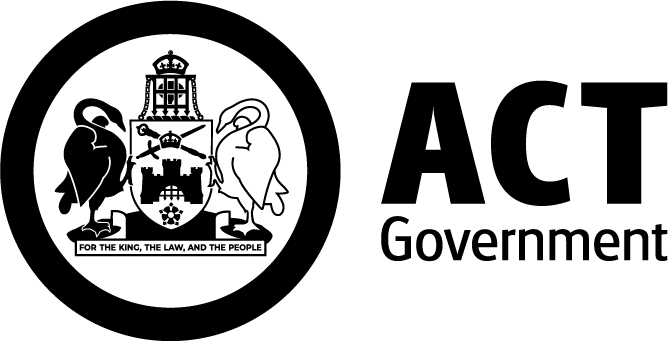Keeping schools safe from hazardous materials
Find out how we're monitoring and managing hazardous materials used in ACT public schools, including asbestos and lead paint.
Most ACT public schools were built at a time when asbestos and lead paint were commonly used in the building industry.
We routinely inspect public school buildings to make sure they remain safe for staff and students.
We do regular:
- inspections to check the condition of hazardous materials
- maintenance to manage and remove hazardous materials.
Hazardous materials register
Every school with known hazardous materials has a register.
The register is a collection of reports about:
- what type of hazardous materials are in the school
- where they are located onsite
- how they're being managed.
All people carrying out maintenance activities, including tradespeople are:
- inducted to the site
- required under legislation to use this register before they start work.
Only licensed or qualified contractors can remediate or remove hazardous materials from ACT public schools.
Registers are kept at each school’s front office and you can ask to see them.
Check for maintenance in your school
The ACT Government manages public school buildings across the ACT.
We've committed funding to remove hazardous materials from public schools, as part of:
- the school upgrade program
- regular repair and maintenance work.
We do major work out of hours and during school holidays to:
- minimise disruption to school operations
- allow extra time for follow-up testing to ensure the area is safe for students and staff.
We apply the highest standards for cleaning up hazardous materials in our schools. All work is carried out by suitably qualified contractors.
Check back soon for a list of upcoming maintenance.
Schools with lead paint or asbestos
We manage and remove hazardous materials after-hours and when schools are closed for the holidays. This mitigates potential exposure to students and staff from lead paint or asbestos disturbances.
We get clearance certificates from environmental hygienists after works are carried out. This ensures our school community can safely use our schools.
Lead paint in schools
Just like many homes and businesses, schools were painted with lead paint.
While lead paint isn’t used any more, we need to make sure these older buildings remain safe for students, staff and school communities.
Lead poses a greater hazard to young children. This is because they:
- tend to put their hands on objects and into their mouths
- absorb more lead than adults
- are more sensitive to the effects of lead.
This is why we prioritise work in all ACT public schools.
One of the best ways to reduce potential exposure is to make sure that children and young people wash their hands:
- after play time
- before eating.
Asbestos in schools
Many of our schools contain some amount of asbestos.
Most asbestos found in ACT public schools is 'non-friable' and has a lower risk profile. This means it's mixed with cement or other hard bonding materials.
Asbestos remains safe if it:
- is not disturbed
- has not deteriorated.
All ACT public schools with known asbestos have an Asbestos Survey and Management Plan (ASMP).
Asbestos surveys are reviewed every five years.
Hazardous materials
Lead paint
Lead can be harmful to health if it's swallowed or inhaled.
Lead was added to paint to:
- speed up drying
- increase water-resistance
- give a durable, washable finish.
In schools, lead paint can be found:
- on painted timber surfaces including window frames, eaves and handrails
- on prefabricated metal surfaces
- in storage, plant and equipment rooms.
There are 4 main ways to manage lead paint:
- leave in place and monitor condition
- paint over the lead paint
- lessen or remove
- a combination of above.
It may not be best to remove the paint. Removing lead paint that is in good condition can produce lead dust. This may increase the risk to our school community.
Lead paint remains safe if it's painted over by lead-free paint. This is called encapsulation.
Learn more about lead exposure at Health Direct.
Asbestos
Asbestos was used in government, residential and commercial buildings until December 2003.
It was a popular building material because it's fire resistant, provides good insulation and is durable.
Asbestos-containing materials are either friable or non-friable:
- Friable asbestos is high risk. Friable asbestos can be crumbled or reduced to a powder by hand pressure.
- Non-friable asbestos is lower risk. It's mixed with cement or other hard bonding materials.
Most asbestos found in ACT public schools is lower risk non-friable material.
Learn more about asbestos exposure.
Mould
Mould is a type of fungus that grows best in damp and poorly ventilated areas.
To reproduce, mould produces tiny particles called spores. These spores travel easily through the air.
Exposure to some moulds can trigger:
- nasal congestion
- sneezing
- cough, wheeze and respiratory infections
- asthma and allergic conditions
- eye and skin irritation.
You're more likely to experience these symptoms if you have:
- a weakened immune system
- allergies
- severe asthma
- lung disease.
Learn more about mould exposure.
